Earthquakes occur in response to forces, faults, and friction. Forces are responsible for plate tectonics (on a large scale) and faults (on a small scale). When the force of friction is overcome, a fault slips in an earthquake. The fault stores elastic potential energy before an earthquake. An earthquake releases that stored energy in the form of heat and seismic waves.
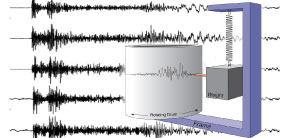
These resources provide an introduction to the physics of earthquakes.

The Earthquake Machine is a simple model that helps learners visualize the inputs and outputs of an active fault system that leads to earthquakes. The Earthquake Machine introduces the basics physics of an earthquake. Instructors can use the activity for exploration or demonstration purposes.
Go to Resource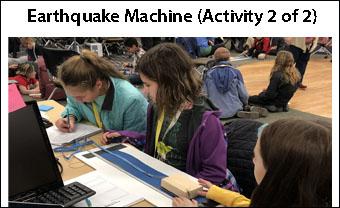
The Earthquake Machine is a simple model that demonstrates earthquake mechanics. The parts of the Earthquake Machine represent the elements of an active fault. The activity provides opportunities to understand the unpredictability of earthquakes, in terms of magnitude or frequency (time between earthquakes).
Go to Resource
For an earthquake prediction to be meaningful, it has to specify a time, location, and magnitude range that is unlikely to occur randomly. Who can predict an earthquake?
Go to Resource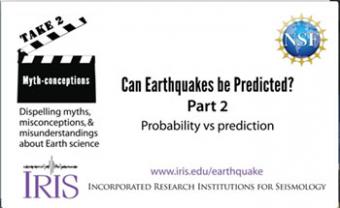
Seismologists would love to be able to predict a major earthquake. Watch Part 1 to learn what is required. This animation compares an earthquake to a heart attack.
Go to ResourceExplore the different types of seismic waves and why it matters for earthquake early warning.
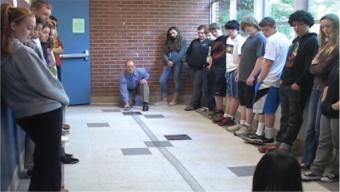
Explore the characteristics of different types of seismic waves with a Slinky©!
Go to Resource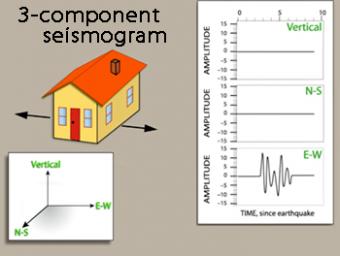
We use exaggerated motion of a building (seismic station) to show how the ground moves during an earthquake, and why it is important to measure seismic waves using 3 components: vertical, N-S, and E-W. Before showing an actual distant earthquake, we break down the three axes of movement to clarify the 3 seismograms.
Go to Resource
This USGS video provides a tutorial for anyone interested in interpreting the seismic records on public webicorder displays. Seismometers measure vibrations. More vibration… more wiggle. Some seismometers measure only up and down; some measure up-down, north-south, and east-west motion.
Go to Resource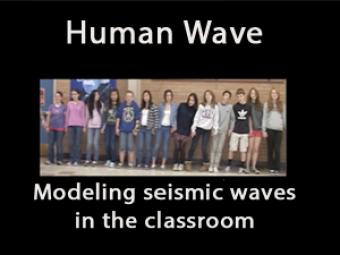
How can I get across the idea in a classroom activity using no props?
The human wave is used as an analogy for travel times of P and S seismic waves.
This draft video uses arms over shoulders as well as hand holding methods, so read the caveats about the best method (arms over shoulders).
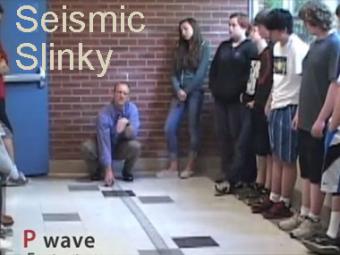
A video demonstration of how a slinky can be a good model for illustrating P & S seismic waves movement.
Go to Resource